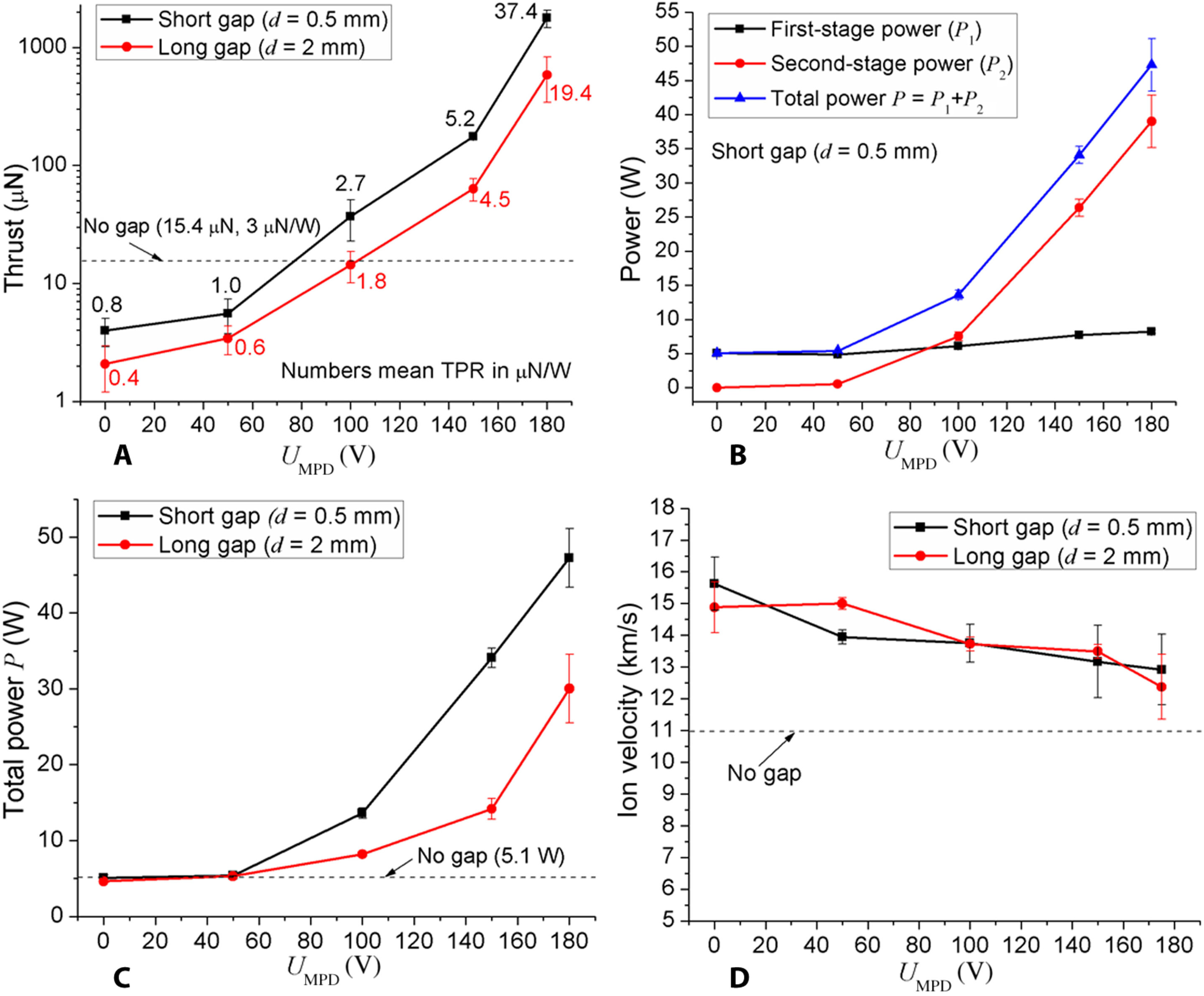Research demonstrates new electric propulsion technology for spacecraft
The most popular electric propulsion technologies used for miniature satellites—the Hall Thruster—has major limitations. Now, new research, led by Michael Keidar, the A. James Clark Professor of Engineering at the George Washington University, demonstrates an important breakthrough in satellite propulsion that suggests a way to use electric engines in different modalities.
Among the findings, Keider and his research team identified metal as a better and more efficient fuel source for the thrusters studied. They also found that it’s possible to have an increase in thrust to power ratio in addition to an increase of exhaust velocity.
The paper, “Demonstration of electric micropropulsion multimodality,” was published in Science Advances.
Denis B. Zolotukhin et al, Demonstration of electric micropropulsion multimodality, Science Advances (2022). DOI: 10.1126/sciadv.adc9850
Citation:
Research demonstrates new electric propulsion technology for spacecraft (2022, September 29)
retrieved 29 September 2022
from https://techxplore.com/news/2022-09-electric-propulsion-technology-spacecraft.html
This document is subject to copyright. Apart from any fair dealing for the purpose of private study or research, no
part may be reproduced without the written permission. The content is provided for information purposes only.
For all the latest Technology News Click Here
For the latest news and updates, follow us on Google News.

